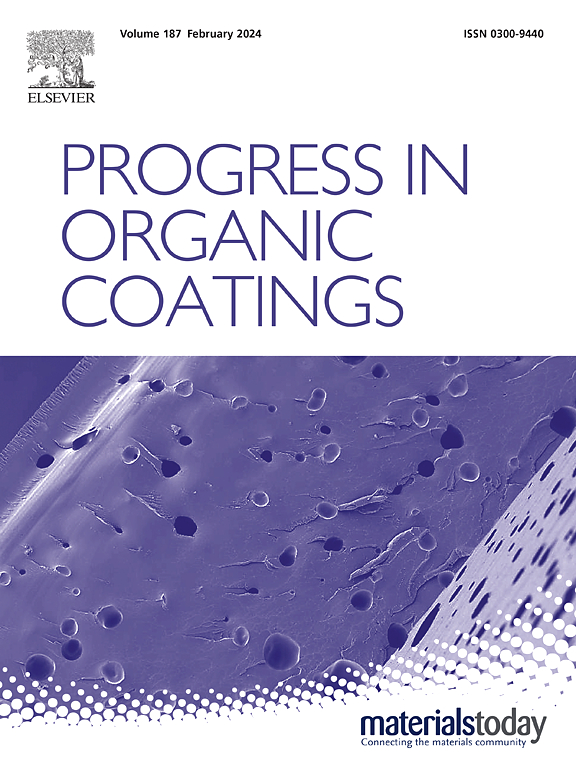Functional hydrophobic coatings: Insight into mechanisms and industrial applications
IF 6.5
2区 材料科学
Q1 CHEMISTRY, APPLIED
引用次数: 0
Abstract
Hydrophobic coatings have gained significant attention for their ability to enhance surface protection, corrosion resistance, and self-cleaning properties. However, achieving long-term durability and multifunctionality remains a critical challenge, requiring novel material engineering strategies. While previous studies have explored hydrophobic coatings, a comprehensive understanding of their synergistic nanomaterial interactions and industrial scalability is still lacking. This review fills this gap by providing an in-depth analysis of the fundamental mechanisms governing hydrophobic coatings, including wetting behavior, surface energy manipulation, and adhesion dynamics. A key focus is on the synergistic integration of graphene oxide (GO) and cellulose nanocrystals (CNC), demonstrating their combined effects on mechanical robustness, self-healing capabilities, and electromagnetic interference (EMI) shielding, properties essential for next-generation coatings. Furthermore, we examine emerging fabrication techniques such as liquid-phase polymerization and in-situ chemical precipitation, which optimize coating performance for real-world applications. Beyond material innovation, this review critically evaluates industrial applications across aerospace, marine, construction, and electronics, addressing key barriers to scalability, environmental sustainability, and regulatory compliance. By bridging nanomaterial engineering with functional surface modifications, this work offers a forward-looking perspective on the design of high-performance, sustainable hydrophobic coatings tailored for demanding industrial environments.
求助全文
约1分钟内获得全文
求助全文
来源期刊

Progress in Organic Coatings
工程技术-材料科学:膜
CiteScore
11.40
自引率
15.20%
发文量
577
审稿时长
48 days
期刊介绍:
The aim of this international journal is to analyse and publicise the progress and current state of knowledge in the field of organic coatings and related materials. The Editors and the Editorial Board members will solicit both review and research papers from academic and industrial scientists who are actively engaged in research and development or, in the case of review papers, have extensive experience in the subject to be reviewed. Unsolicited manuscripts will be accepted if they meet the journal''s requirements. The journal publishes papers dealing with such subjects as:
• Chemical, physical and technological properties of organic coatings and related materials
• Problems and methods of preparation, manufacture and application of these materials
• Performance, testing and analysis.
 求助内容:
求助内容: 应助结果提醒方式:
应助结果提醒方式:


